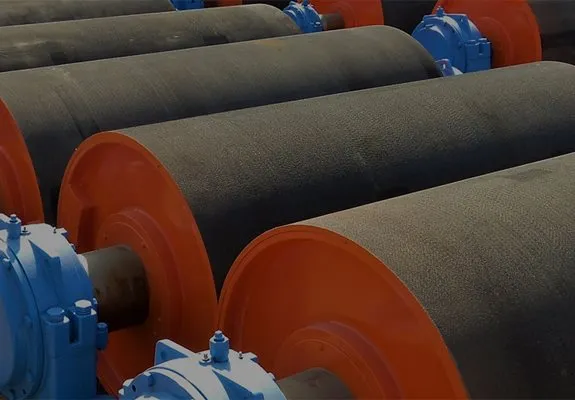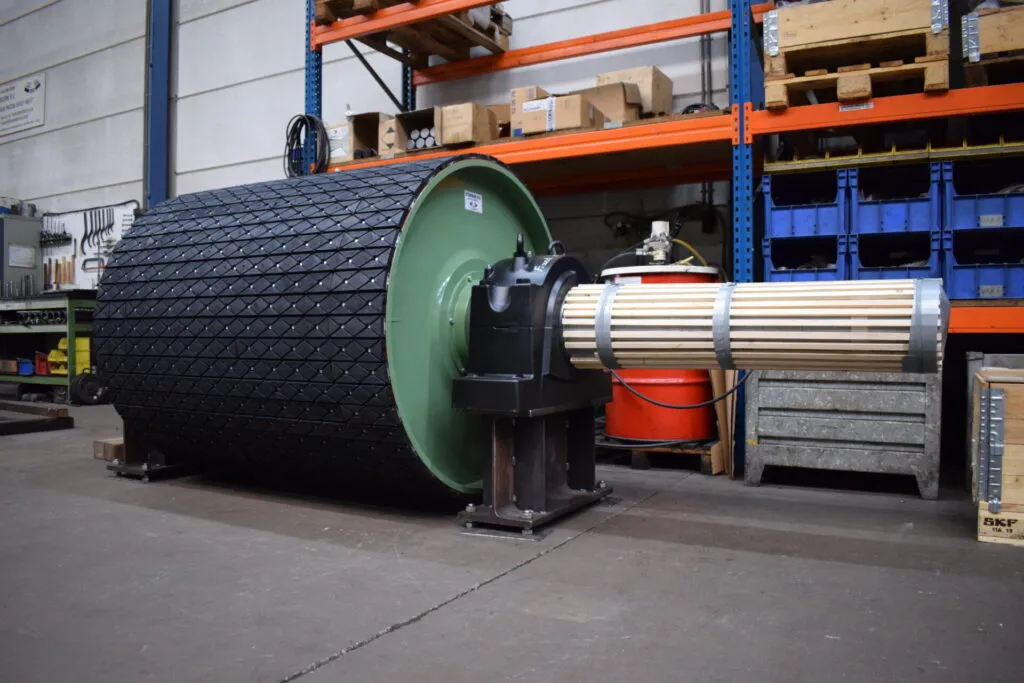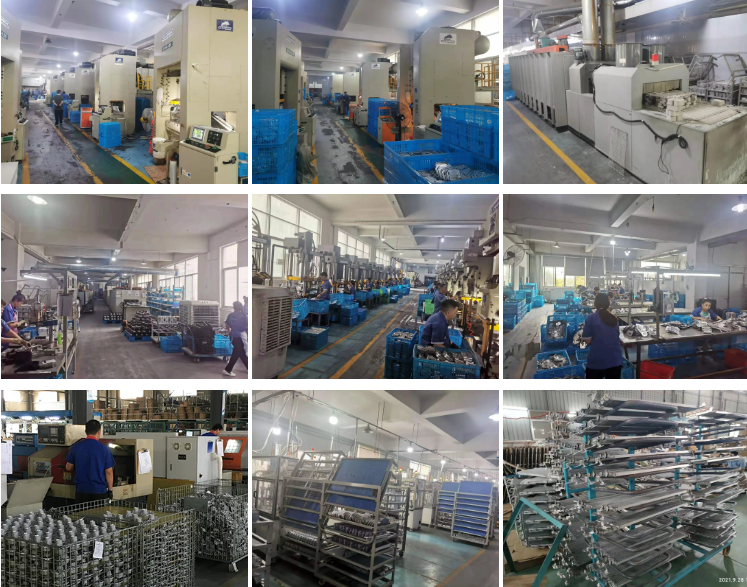Introduction to Snub Pulley for Rail Transport Systems
Key Points:
- High-quality construction
- Efficient performance
- Durable and long-lasting
- Easy installation
- Cost-effective solution
Advantages of Snub Pulley:
- Enhanced traction for belt conveyor systems
- Reduces belt slippage and tracking issues
- Improves overall conveyor efficiency
- Minimizes maintenance and downtime
- Ensures safe and smooth operation

Process of Compound Pulley:
The process of manufacturing a Compound Pulley involves several steps:
- Mold design and creation
- Casting of the pulley
- Selection of high-quality raw materials
- Production of the pulley
- Testing for quality assurance
- Antirust treatment for longevity
- Separate inspection for precision
- Marking for identification


What are the differences between bend pulley and snub pulley?
1. Bend pulley changes the direction of the belt, while snub pulley increases the wrap angle.
2. Bend pulley is used to change the direction of the belt, while snub pulley is used to increase traction.
3. Bend pulley is located at the tail end of the conveyor, while snub pulley is usually located near the drive pulley.
4. Bend pulley has a larger diameter compared to snub pulley.
5. Bend pulley is used to support the belt, while snub pulley is used to increase tension.
What is the use of snub pulley in belt conveyor?
- Provides additional traction for the belt
- Increases the wrap angle of the belt
- Reduces slippage and tracking issues
- Improves overall conveyor efficiency
- Enhances the lifespan of the belt
About HZPT
At HZPT, we specialize in manufacturing high-quality transmission components since 2006. Our products are known for their precision, speed, and durability. We cater to clients in Europe and America, offering top-notch services, superior product quality, and competitive prices. We provide customized solutions for various industrial needs, including Snub Pulleys for rail transport systems.
